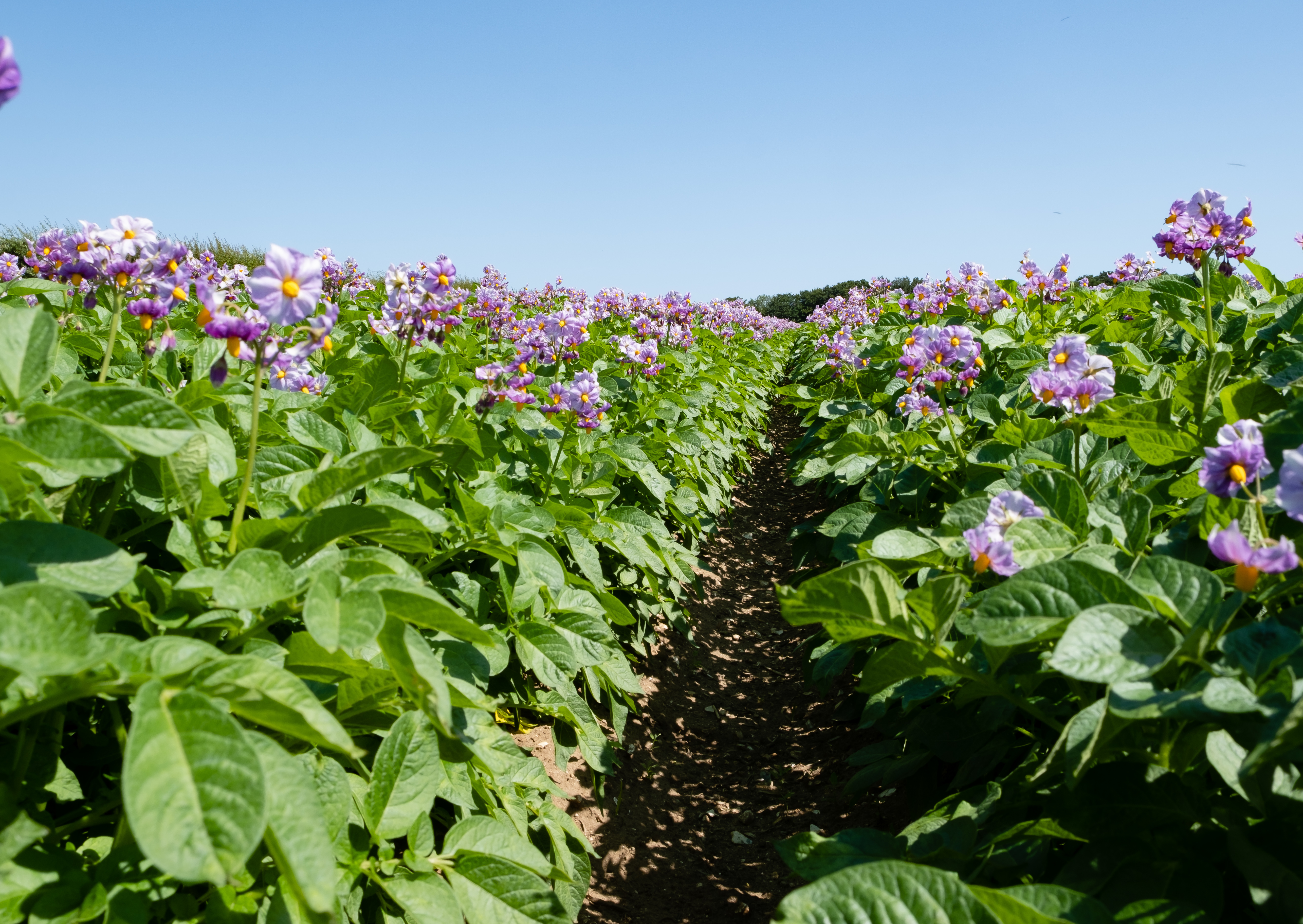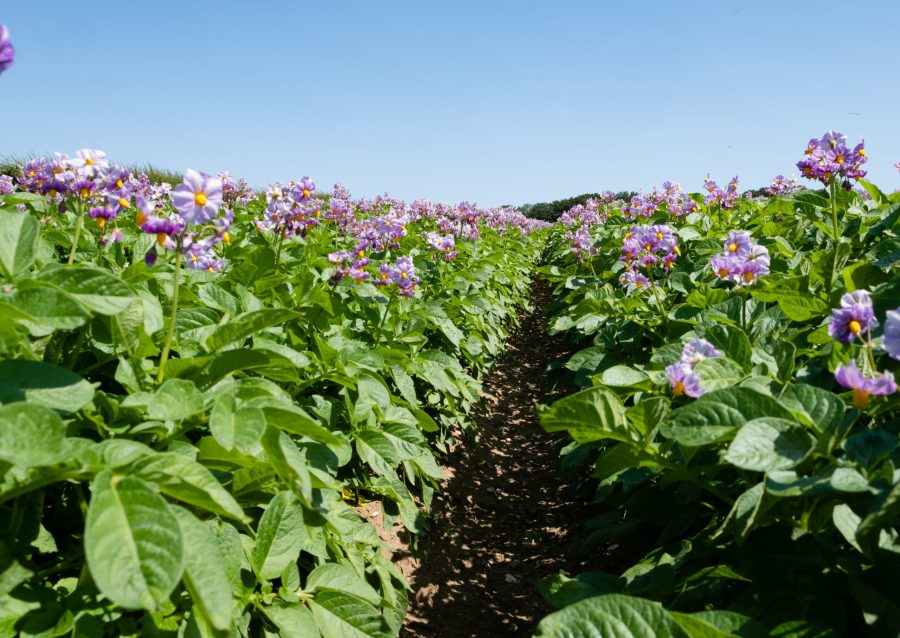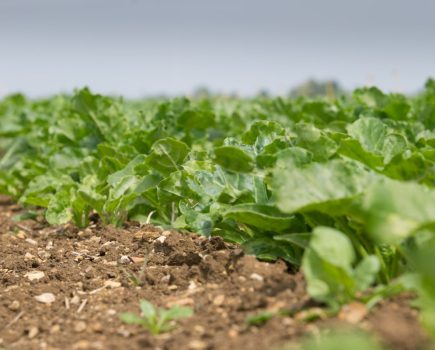
Following their first full season of diquat-free desiccation, and armed with greater knowledge gleaned from “real” conditions without a diquat safety net, many potato growers will now have a better understanding of what it takes to achieve good desiccation.
Therefore, this season is all about tweaking and fine-tuning those strategies, says James Cheesman, potato and vegetable technical account manager at Belchim. “With just two products available –Belchim’s product, Gozai, as well as Spotlight Plus – it’s all about perfecting your approach and knowing how to get the best out of protoporphyrinogen oxidase inhibitors (PPOs).”
Planning is key, namely, having a clear understanding of when you want to lift, he explains. “For example, if you want to lift crops on 1 October, you should be starting desiccation around a month before, depending on the crop canopy.
“Desiccation can take up to a month, depending on the variety and the size of the crop – so being patient is key.”
John Sarup, co-director of Spud Agronomy has been looking at diquat-free desiccation strategies for the past 10 years. “Early results from flailing followed by the application of a PPO were variable, mainly due to a lack of understanding on how PPOs worked back then, coupled with a trial and error approach to discovering the key factors that influence crop senescence.
“Once we’d worked out how to maximise the efficacy of the PPOs by applying them in bright sunny conditions and targeting them correctly at the severed stems rather than the foliage, then results improved significantly,” he confirms.
During the past 10 years of his own work, combined with other trial observations, John has identified six key areas that can make a significant difference to desiccation outcomes. “In no particular order those areas are temperature and timing of the PPO application to maximise its efficacy. Always apply early to mid-morning in bright, sunny conditions giving the chemical maximum time to kill cells.
“Soil moisture at the time you start the desiccation is also extremely important and will affect the speed of skin-set. If you can find a dry weather window and begin the process with a dry soil then you’ll achieve quicker skin-set, critical for crops going into store.
“Better early season planning, not only to reduce the early season weed burden, but also focusing on field layouts to ensure the flail can turn without damaging headlands – or even planting a different variety on the headlands that you can then harvest as green-top all help to make the later desiccation process easier.
“Returning to the PPO application, it’s important that growers always apply them in minimum water volumes of 300-400 l/ha to ensure good coverage. These four key points coupled with careful nitrogen management to control haulm size and understanding if a variety is determinate or indeterminate should all help lead growers to more successful outcomes,” adds John.
In terms of desiccation methods, he believes a flail approach followed by one or two PPO applications is the quickest and most economical approach, providing the grower has the right soil type and weather conditions for successful flailing.
James adds that pre-flail treatments have also shown to be beneficial. “We did this in trials with Gozai last year, going in with an application a week prior to flailing. There was definitely a benefit from doing that. Though growers won’t see the same visual effects as they did from diquat, PPOs send a message to the plant to start the process off.
“Though PPOs are not the best on leaves, they do a lot more than people realise,” he adds.
To find out more about Belchim’s portfolio of products, visit: www.belchim.co.uk




